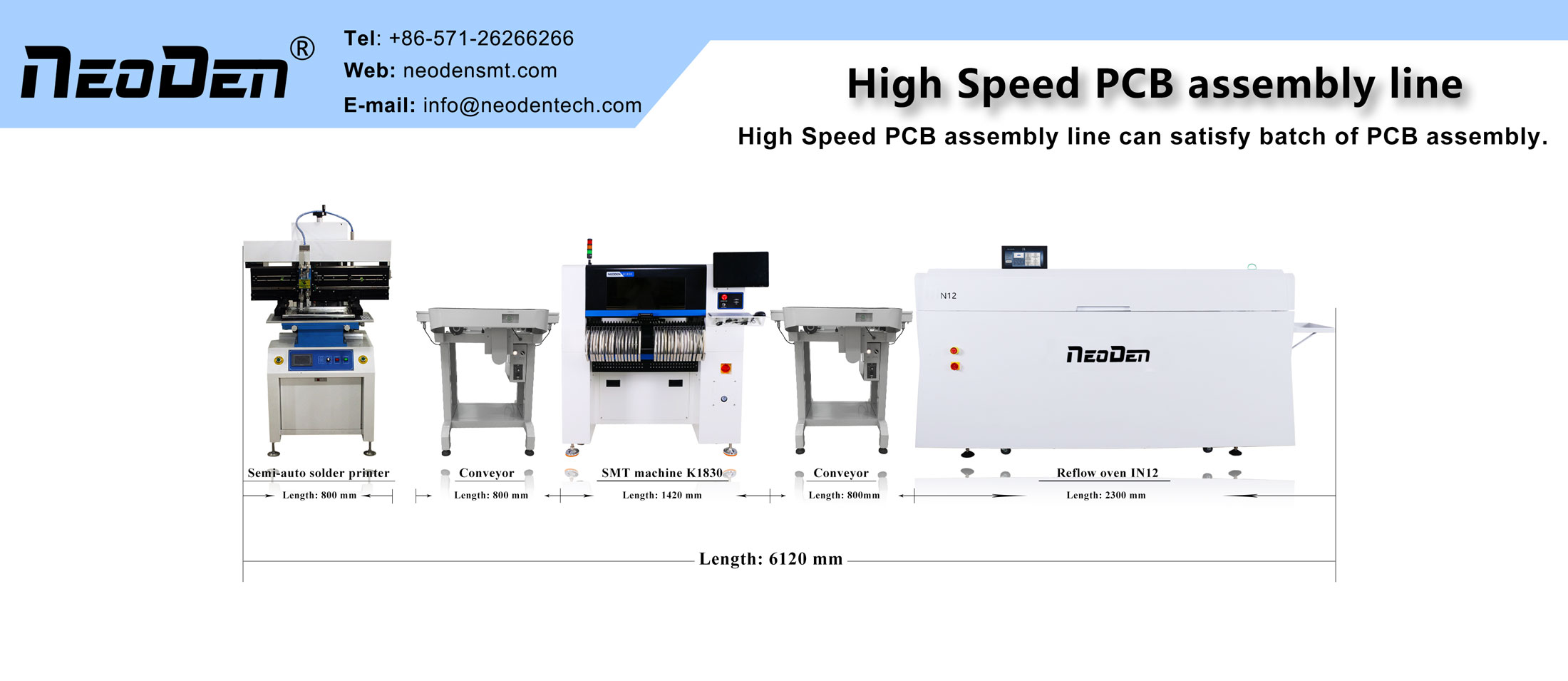1. 0.5mm pitch QFP pad length is too long, causing short circuit.
2. PLCC socket pads are too short, resulting in false soldering.
3. Pad length of IC is too long and the amount of solder paste is large causing short circuit at reflow.
4. Wing chip pads are too long affecting heel solder filling and poor heel wetting.
5. The pad length of chip components is too short, resulting in soldering problems such as shifting, open circuit, and inability to solder.
6. Too long length of chip component pads causes soldering problems such as standing monument, open circuit, and less tin in solder joints.
7. The pad width is too wide resulting in defects such as component displacement, empty solder and insufficient tin on the pad.
8. The pad width is too wide and the component package size does not match the pad.
9. Solder pad width is narrow, affecting the size of the molten solder along the component solder end and PCB pads at the combination of the metal surface wetting spread can reach, affecting the shape of the solder joint, reducing the reliability of the solder joint.
10. Solder pads are directly connected to large areas of copper foil, resulting in defects such as standing monuments and false soldering.
11. Solder pad pitch is too large or too small, the component solder end can not overlap with the pad overlap, which will produce defects such as standing monument, displacement, and false soldering.
12. Solder pad spacing is too large resulting in the inability to form solder joints.
Post time: Jan-14-2022

